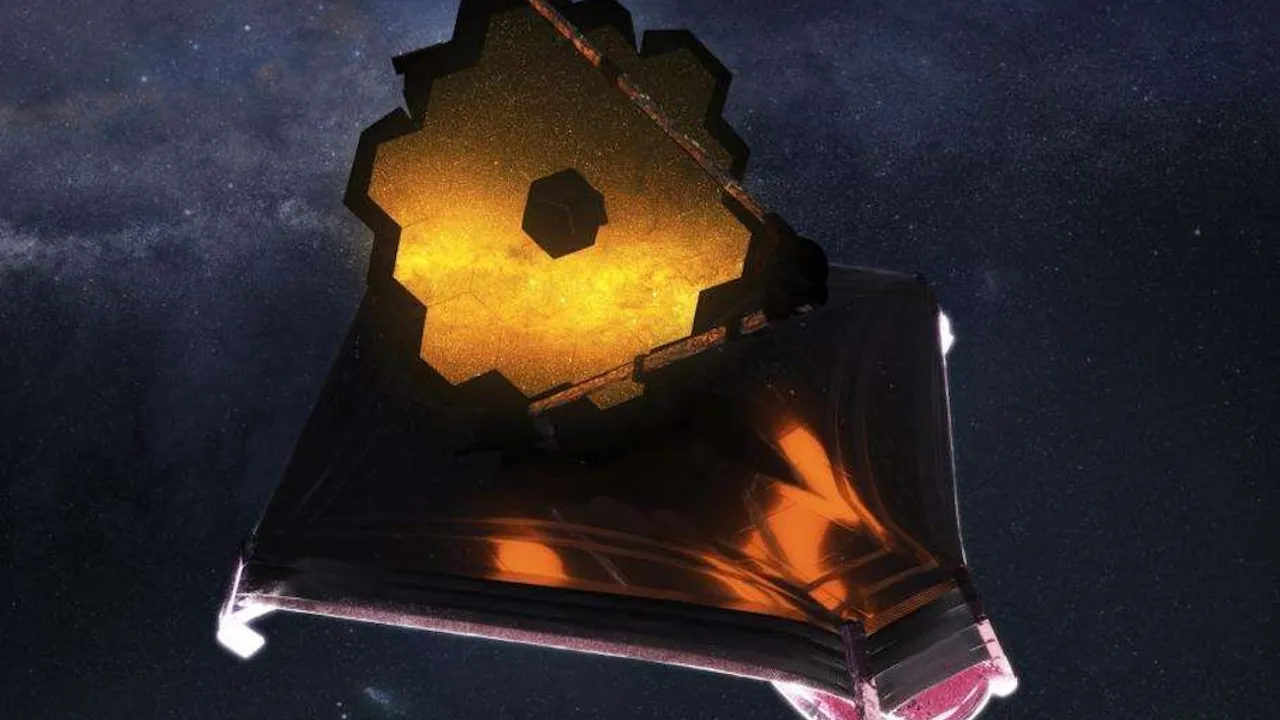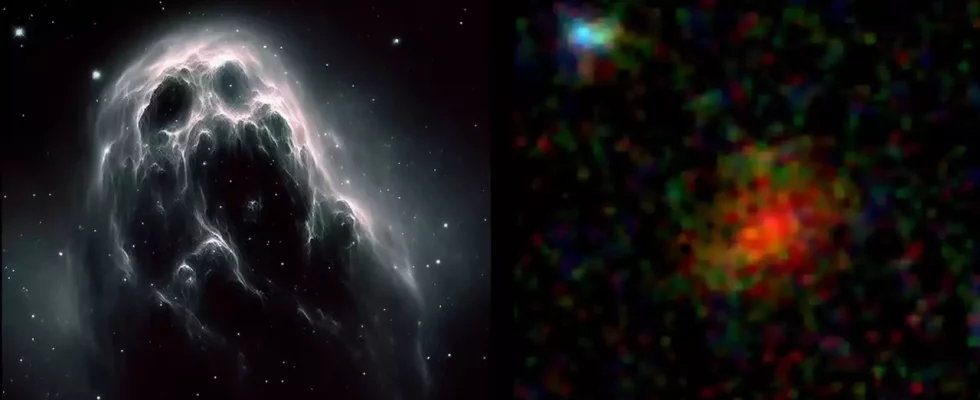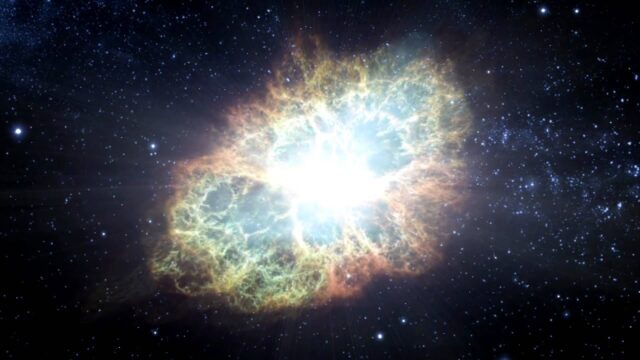NASA’s James Webb Space Telescope continues to eliminate the unknowns. This time, James Webb observed a mysterious, ghostly object. The object, which could not be detected at all by the Hubble Space Telescope, had appeared in observations of some ground-based telescopes in the past. And now this ghost object couldn’t escape James Webb’s frame. Here are the details…
A game-changing development in the world of science! James Webb discovered a ghost object!
So what is this ghost object? The object in question is a galaxy quite distant from our planet known as AzTECC71. The scientific world thinks that the history of this galaxy dates back approximately 1 billion years after the Big Bang. So even brief glimpses of this ghostly galaxy excite astronomers. Because it gives us a glimpse of the oldest structures of the evolution of our universe.

After James Webb detected this ghostly object, some interesting details emerged. Massive stellar nurseries such as AzTECC71 may have existed that long ago. They may also be more common than we previously believed. If this is the case, theories about the initial state of the universe may change completely. In this case, scientists need to remodel the early universe.
AzTECC71 has a dusty texture. This suggests that the early universe may have been much dustier than we believe. Additionally, scientists think it allows star-forming galaxies to evolve and grow. Despite the size of the tiny droplet in James Webb’s observations, astronomers note that AzTECC71 is actually very large. He also says it could create hundreds of new stars every year.
James Webb continues to capture the wonder of our universe. In this way, it gives us more depth about the early universe. It also continues to help us better understand the way stars form and how the universe has evolved over the last few billion years.

